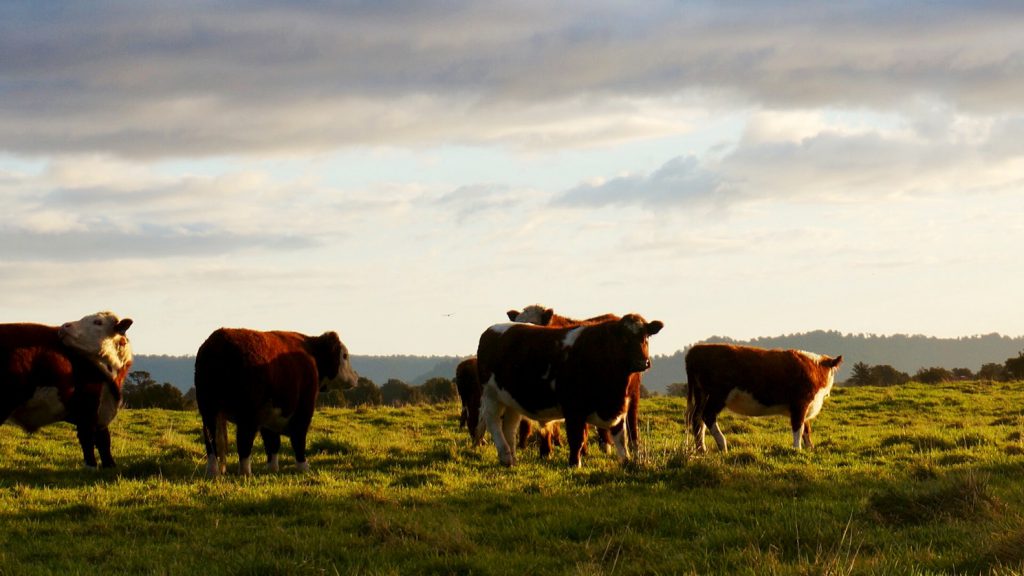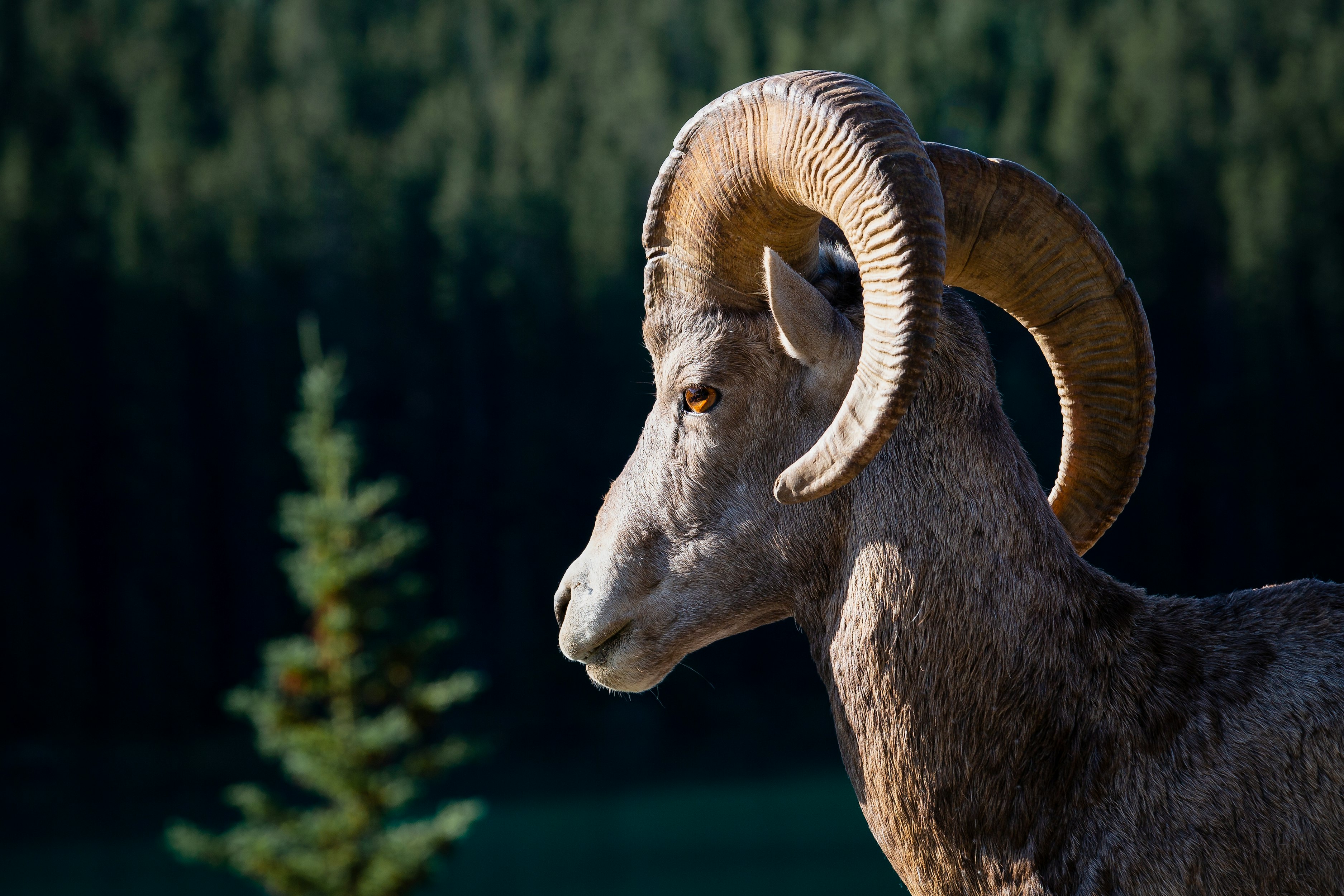Can Livestock Restore Drought-Stricken Grasslands?
Americans assume our range practices are the most advanced anywhere. Yet these ideas originated in Africa and remain generally unaccepted by American universities and agencies.
NOTE: This article excerpt is being republished with permission of thefern.org. It was written by Judith Schwartz and appeared April 12, 2016
Inside a seven-year effort in Zimbabwe to renew a landscape beset by desertification — bringing a village back from the brink and allowing people to feed themselves again.
Sianyanga is a small community far from any paved road in Matabeleland North, Zimbabwe’s poorest province. The village, part of the Hwange Communal Lands, comprises about 150 households — one household being six or seven family members living in a group of small, thatched huts. From the 1990s until about 2010, along with problems endemic to the region, including hunger and lack of clean water, the people of Sianyanga bore an added affliction: biting ants, or izinyebe, that thrive on bare soil.
These weren’t just annoying bugs that nipped a little. Balbina Nyoni, a single mother who has spent her whole life in the area, told me that being rushed on by izinyebe is like having boiling water poured on the skin; the onslaught has sent men to the hospital. The ants were known to gouge out the eyes of baby goats, killing them in minutes. People who lacked shoes, as Nyoni did, wrapped their feet in plastic to avoid getting stung. Being bitten could mean losing toenails, so open shoes were of no use. Plus, the ants ravaged low-growing staple crops such as groundnuts and cowpeas.
In September 2014, I toured Sianyanga with a group of community leaders. I was there to see the results of a seven-year effort to restore a landscape beset by desertification and drought. An older man paused in a grassy meadow and said, “This used to be so bare you could pick up a needle from the land.”
A few moments later we were on a narrow path when Balbina grabbed my shoulders and shouted, “Look! An ant!” I had to crouch down and squint to see it scuttling in the reddish dirt. Balbina told me that the ants have recently become quite difficult to find.
It was only then that I noticed that the women were all wearing sandals.
Click here for the full article on TheFern.org: Can Livestock Restore Drought-Stricken Grasslands?
—
Schwartz, J. (2016, April 12). Can livestock restore drought-stricken grasslands? Retrieved December 28, 2017, from https://thefern.org/2016/04/conservation-age-climate-change-saving-cows-grasslands-rural-zimbabwe/



